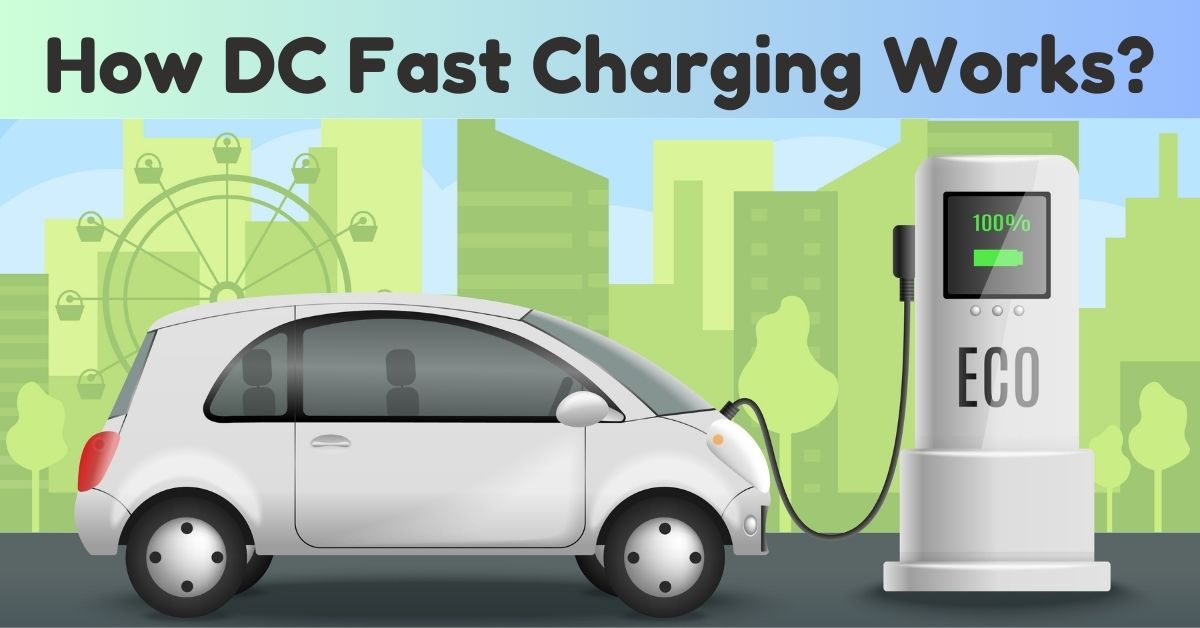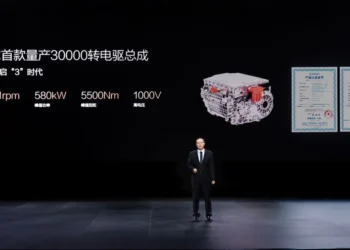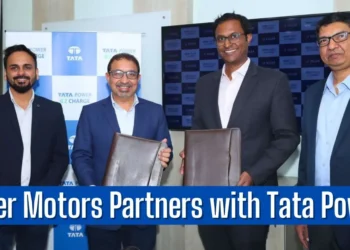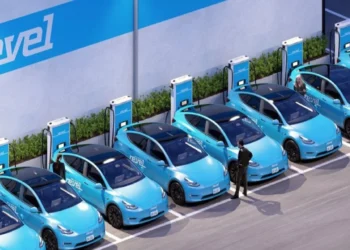Imagine you’re on a road trip in your electric vehicle (EV), and your battery is running low. Instead of waiting hours at a charging station, you plug into a DC fast charger, grab a coffee, and within 20 minutes, you’re back on the highway. This isn’t magic—it’s the power of DC fast charging, a technology reshaping how we fuel our cars. In this guide, we’ll break down how DC fast charging works, its pros and cons, and why it’s critical for the future of EVs.
Table of Contents
What is DC Fast Charging?
DC fast charging (DCFC) is a high-speed charging method that bypasses an EV’s onboard charger to deliver direct current (DC) straight to the battery. Unlike standard AC chargers (Level 1/2), which convert alternating current to DC inside the car (a slow process), DC chargers skip this step, slashing charging times by 60-80%.
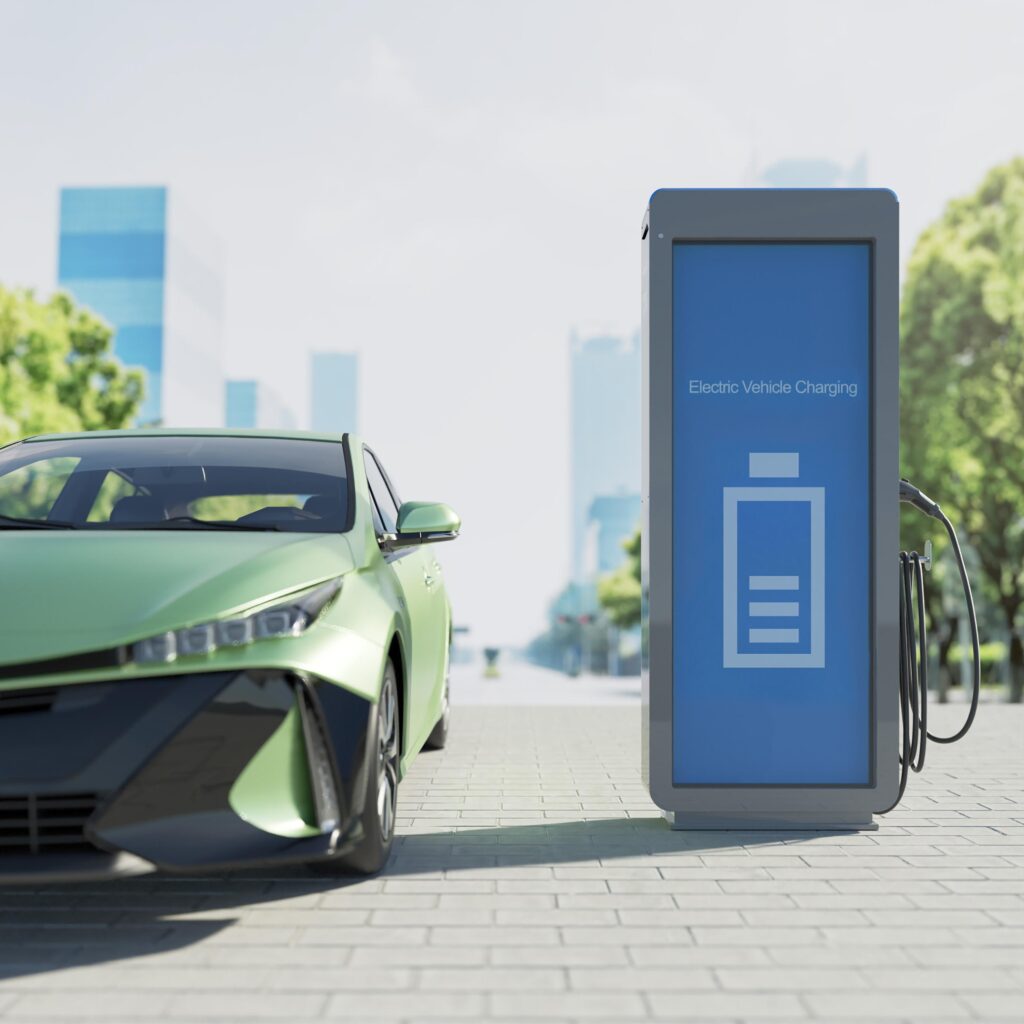
Types of Charging
Electric vehicle charging can be broadly categorized into three main levels, each with its own unique characteristics and charging speeds:
Level 1 Charging
- Voltage: 120V
- Type: Alternating Current (AC)
- Charging Time: Approximately 24 hours for a full charge
- Usage: Commonly used in residential settings. Suitable for overnight charging.
Level 1 charging is the most basic form of EV charging and uses a standard 120V outlet, similar to those used for household appliances. It is primarily used at home due to its simplicity but unsuitable for rapid charging.
Level 2 Charging
- Voltage: 240V
- Type: Alternating Current (AC)
- Charging Time: Approximately 6-8 hours to charge 80% of the battery
- Usage: Widely used in public and private charging stations.
Level 2 charging represents a major advancement compared to Level 1. With its 240V power supply, it can charge an EV much faster, making it ideal for both home installations and public charging networks.
Level 3 Charging (DC Fast Charging)
- Voltage: 400-900V
- Type: Direct Current (DC)
- Charging Time: Approximately 30 minutes to 1 hour to charge 80% of the battery
- Usage: Primarily used in commercial fast-charging stations.
Level 3 charging, also known as DC Fast Charging, is the most advanced and rapid form of charging. It utilizes a high-voltage DC power supply, enabling users to charge their vehicles significantly faster than AC chargers.
How DC Fast Charging Works: Breaking Down the Tech
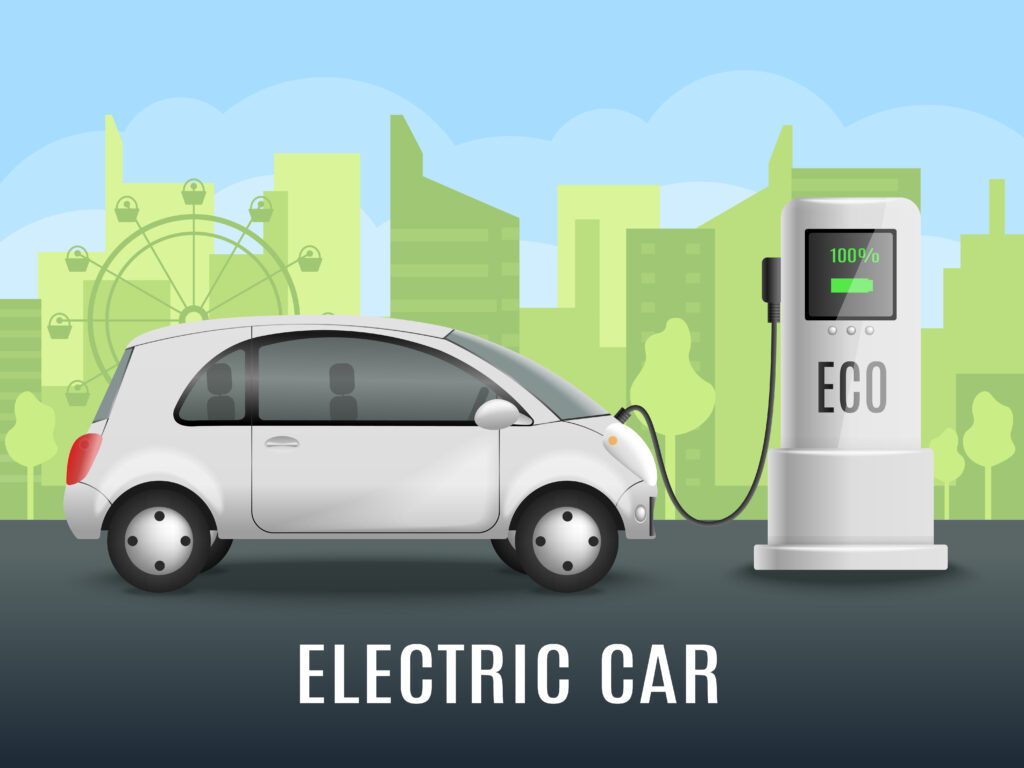
Let’s simplify the science behind this game-changing technology:
1. The Power of Direct Current (DC)
- AC vs. DC Charging:
- AC Chargers (Level 1/2): Deliver alternating current, which the car’s onboard converter must turn into DC for the battery. This conversion limits speed.
- DC Chargers: Supply direct current, eliminating conversion delays.
Voltage & Current:
DC fast chargers operate at 200-1,000 volts and currents up to 500 amps, delivering 50-350 kW of power. For perspective, a typical Level 2 charger offers just 7-19 kW.
2. The Charging Process: Step-by-Step
- Handshake: The charger and EV communicate to confirm compatibility (e.g., voltage, current limits).
- Battery Preconditioning (Smart EVs): The car warms/cools its battery to optimize charging speed.
- Rapid Charging Phase: Power flows at peak rates until the battery hits ~80%.
- Tapering: To prevent overheating, charging slows dramatically beyond 80%.
Example: A Hyundai Ioniq 5 with an 800V system can go from 10% to 80% in 18 minutes using a 350 kW charger.
3. Charging Connectors: The Gatekeepers
Not all DC chargers are universal. Common plug types include:
- CCS (Combined Charging System): Dominant in Europe and North America.
- CHAdeMO: Popular for older Nissan and Mitsubishi EVs.
- Tesla Supercharger (NACS): Tesla’s proprietary network, now opening to other brands.
Types of DC Fast Chargers
DC fast chargers are available in various configurations and power outputs. The primary differences between them are their charging speed and the type of connector they use. Here are some common types:
CHAdeMO
- Origin: Japan
- Power Output: Up to 62.5 kW (some models up to 100 kW)
- Usage: Predominantly used by Japanese automakers like Nissan and Mitsubishi.
CCS (Combined Charging System)
- Origin: Europe and the US
- Power Output: Up to 350 kW
- Usage: Common in American and European EVs, including vehicles from Ford, BMW, and Volkswagen.
Tesla Supercharger
- Origin: Tesla, Inc.
- Power Output: Up to 250 kW
- Usage: Exclusively for Tesla vehicles.
Factors Affecting Charging Speed
Several factors can influence the speed of DC fast charging, including:
- Battery Capacity: Larger batteries typically take longer to charge, even with a fast charger.
- Charger Power Rating: Higher power ratings lead to faster charging times.
- State of Charge: Charging from 0% to 80% is generally quicker than from 80% to 100% due to the way charging speeds taper off as the battery fills.
- Temperature: Extreme temperatures can affect charging efficiency and speed.
Cost and Accessibility
Cost of DC Fast Charging
DC fast charging stations are more expensive to install and maintain compared to AC chargers. This is due to the high-voltage equipment and the need for specialized installation. As a result, the cost of using DC fast charging stations can be higher, both in terms of installation and usage fees.
Accessibility
While DC fast chargers are becoming more common, they are still less widespread than Level 1 and Level 2 chargers. The availability of fast chargers can vary significantly by region, with more densely populated areas and major highways typically having better coverage.
Why DC Fast Charging Matters: Benefits & Challenges
Benefits
✅ Road Trip-Ready EVs: Enables long-distance travel with quick pit stops.
✅ Fleet Efficiency: Taxis, delivery vans, and buses can recharge mid-shift.
✅ Grid Flexibility: Smart chargers balance energy use during peak/off-peak hours.
Challenges
⚠️ Battery Stress: Repeated fast charging can degrade lithium-ion batteries over time.
⚠️ Cost: Installing DC chargers costs 50,000−50,000−150,000 per unit.
⚠️ Grid Demand: A single 350 kW charger draws power equivalent to 50+ homes.
Case Study:
Tesla’s Supercharger network, with over 45,000 stalls globally, has reduced “range anxiety” for millions. However, Tesla recommends using Superchargers sparingly to prolong battery life.
The Future of DC Fast Charging
Innovations are addressing current limitations:
- Ultra-Fast Chargers: Companies like Electrify America and Ionity are rolling out 350 kW stations.
- 800V Battery Systems: Adopted by Porsche, Hyundai, and Lucid, these systems cut charging times by 50%.
- Battery Swapping: Startups like Ample and NIO offer modular battery swaps in 5 minutes.
Expert Insight:
“By 2030, we expect charging speeds to rival refueling times for gas cars,” says Dr. Sarah Kim, EV researcher at MIT. “Solid-state batteries and better thermal management will be key.”
Conclusion
DC fast charging isn’t just about speed—it’s about making EVs practical for everyone, from daily commuters to cross-country adventurers. While challenges like battery health and infrastructure costs remain, advancements in tech and policy (like the U.S. NEVI program) are accelerating progress.
Next time you see a DC fast charger, remember: that you’re witnessing the future of transportation, one kilowatt at a time.
FAQs
Does every electric vehicle support DC fast charging?
Most modern EVs support DC fast charging, but the maximum charging speed depends on the vehicle’s design and battery capacity. Some vehicles can handle up to 350 kW, while others may be limited to lower speeds.
What are the main types of chargers used for electric vehicles?
The main types of chargers are Alternating Current (AC) chargers, which include Level 1 and Level 2, and Direct Current (DC) chargers, which include Level 3. AC chargers are typically used for home charging, while DC chargers are used for rapid public charging.
Is DC charging more costly than AC charging?
Yes, DC charging is generally more expensive due to the advanced technology and equipment required. Installation and maintenance costs for DC chargers are higher compared to AC chargers.
How many kilowatts (kW) of DC fast charging are available?
DC fast chargers range from about 50 kW to 350 kW. The specific power rating depends on the charger’s design and the EV’s compatibility.
Is DC fast charging bad for my EV’s battery?
Occasional use is safe, but frequent DCFC can reduce battery longevity. Most EVs have safeguards to limit damage.


